5G – The Security Challenges and how to make sense of it all?
By MYBRANDBOOK
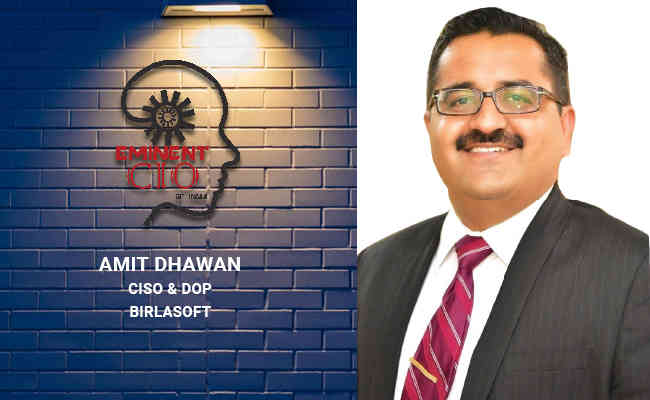
Amit Dhawan
CISO & DOP
Birlasoft
The Tenants of 5G
There are two facts that we face today – First, amongst all the demands that we see in the world today, the highest is of faster data. The major drivers are Businesses and people transitioning to the digital bandwagon, the speed, bandwidth and latency expected by the devices, and systems demanding autonomous processing. Second –4G is not able to cope up with the existing expectations. Enter 5G to manage the expectation for the always-on and high speed data. Largely speaking, 5G is not an independent technology but a suite of technologies built on top of 4G and thus it is not a simple replacement. The technologies being introduced are expanding the horizons of 4G.
The basic solutions comprise of the following components -
● Millimetre Waves - As the existing spectrum chokes, the aim is to add higher frequency spectrum. The added bands will improve the bandwidth of communication.
● Smaller Cells - Higher the frequency, lesser will be the distance travelled. Thus millimetre waves will navigate at roughly line-of-sight and will not be able to navigate through buildings etc. You must have realised this when you use Bluetooth as it uses a still higher RF spectrum. Smaller cells means more complexity in the network and more hand-offs of a moving user.
● Increased MIMO (Multiple Inputs Multiple Outputs) - Presently, the two communications (transmission and reception) are switched. 5G would include more number of antennas on the base stations and will result in reduced latency and higher spectrum efficiency.
● Beam forming - Majority of the modems at home use Beam forming technology. This process is also used in traffic signalling for cellular base stations. For implementation in 5G scenario, it would help in conserving energy by not transmitting in all directions but focussing low energy beams where the handset or the user is. MIMO and Beam forming will be used together for better throughput.
● Full Duplex - will permit transceivers to send and receive information at the same time.
Security concerns in the new paradigm
We can see that we are adding a large amount of complexity in the newer model of operations. At a lower level, we are not changing the core security concerns of 4G, but adding a new suite of concerns in the bucket. Breaking down the security architecture between technology and operations, let us review the threats that each would pose.
The operational threats would include 1. Standardisation of the technologies, 2. Network Design and Configuration, and, 3. Network Deployment and operation. In fact the 3GPP group is working on the technologies that would suffice with the requirements provided in the IMT-2020 Standard. From technology standpoint, we are increasing the complexities in the system. They are increasing in the number of touchpoints / handshakes being done at the various network levels viz. Radio access network, Core network and foreign network levels. Also the communication within service planes will see increased complexity for the same reasons. Another aspect that 5G brings in is an all-software networks and flavours of virtualization, which are nothing but applications having their own share of SDLC based vulnerabilities. One of the primary outcome of 5G implementation is coming of age of IOT devices and high end automation like cars etc. These vulnerabilities, if not checked will result in catastrophic damages.
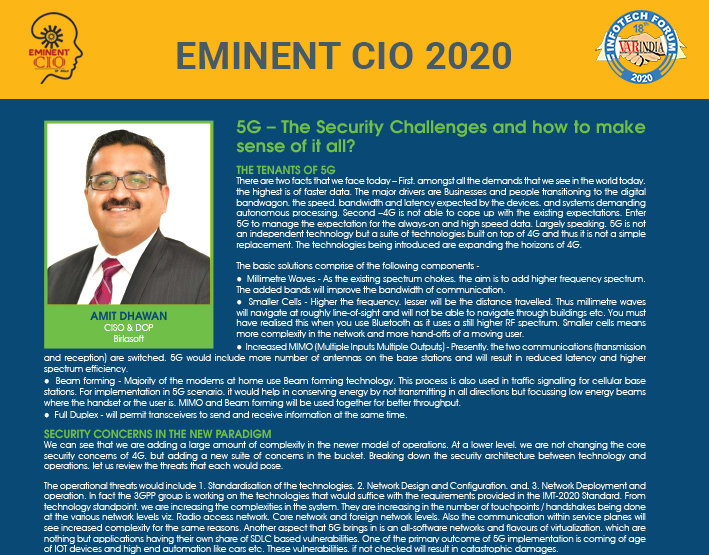

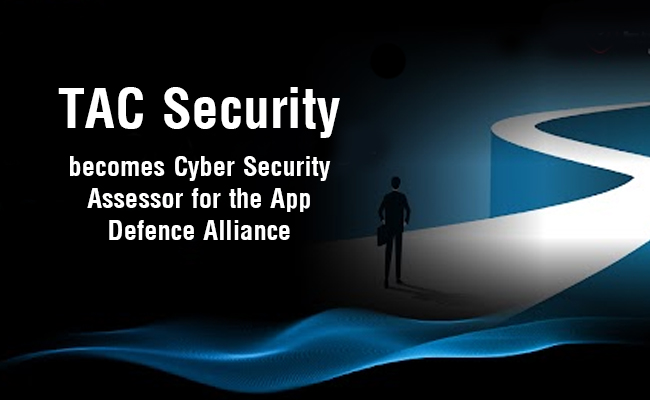
TAC Security becomes Cyber Security Assessor for the App Defen
The cybersecurity company, TAC Security has been selected as a key Cyber ...
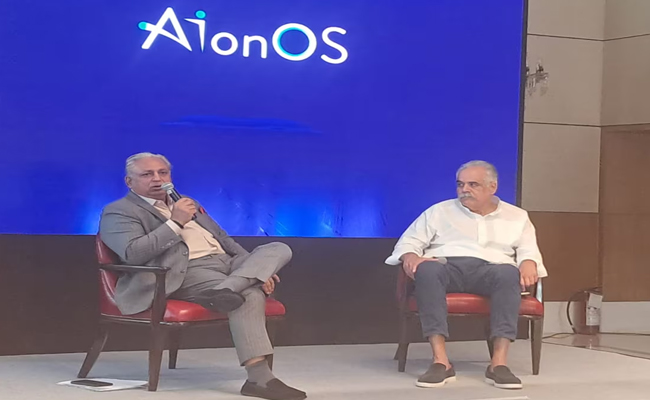
InterGlobe’s Rahul Bhatia and C.P. Gurnani together announce
In a move that is set to transform the AI landscape, Rahul Bhatia, Group M...
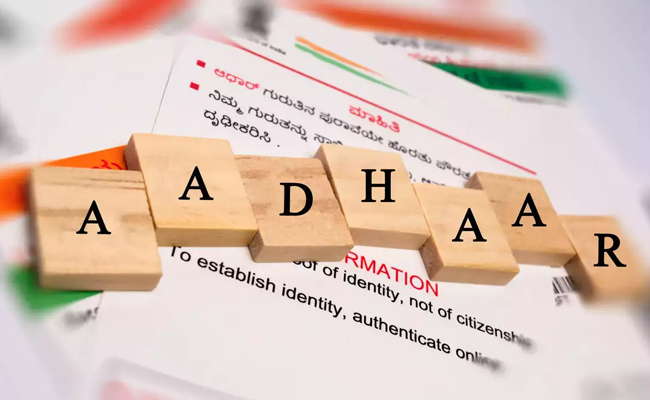
Download masked Aadhaar to improve privacy
Download a masked Aadhaar from UIDAI to improve privacy. Select masking w...
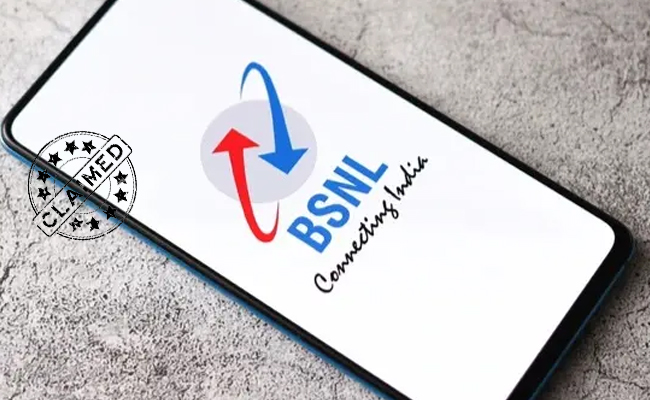
Sterlite Technologies' Rs 145 crore claim against BSNL rejecte
An arbitrator has rejected broadband technology company Sterlite Technolog...

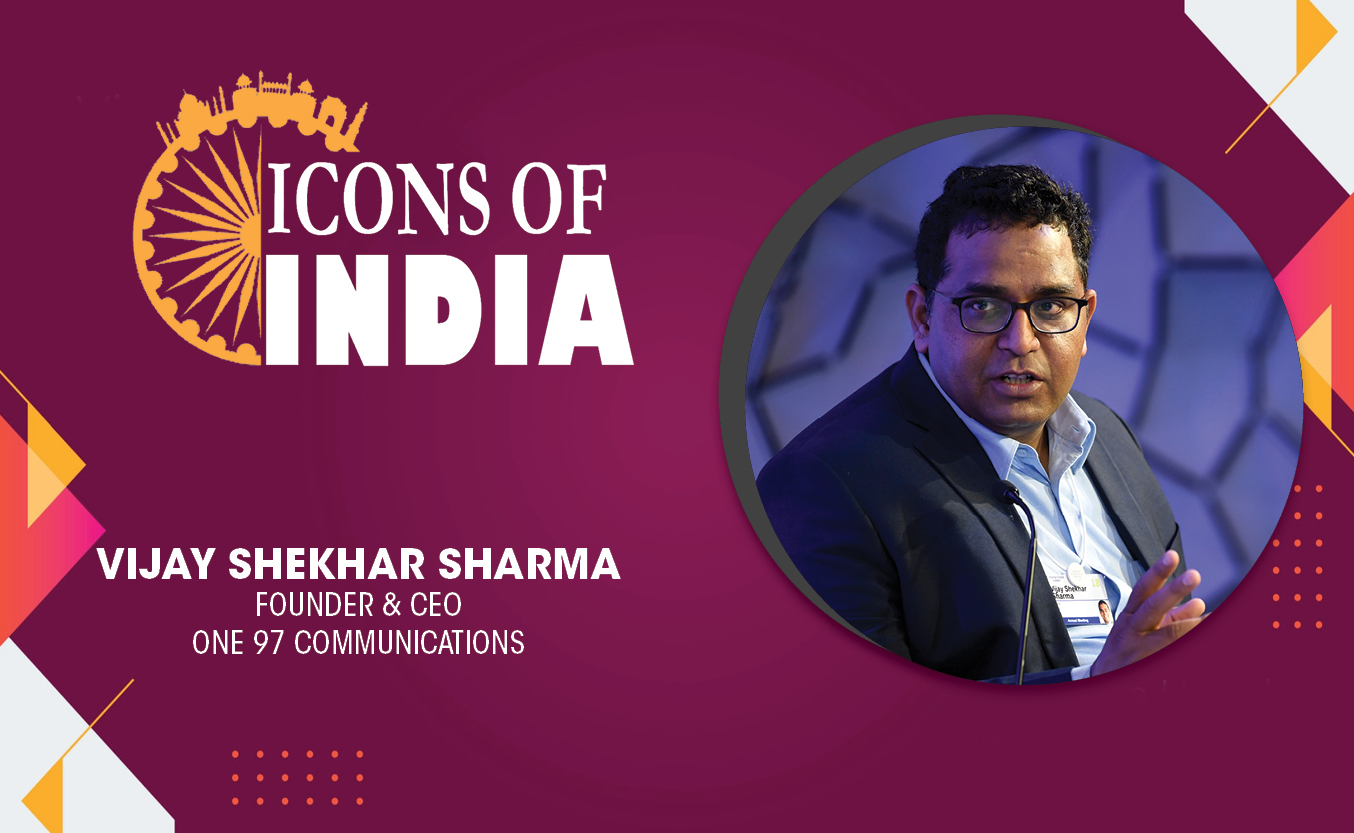
Technology Icons Of India 2023: Vijay Shekhar Sharma
Vijay Shekhar Sharma is an Indian technology entrepreneur and billiona...
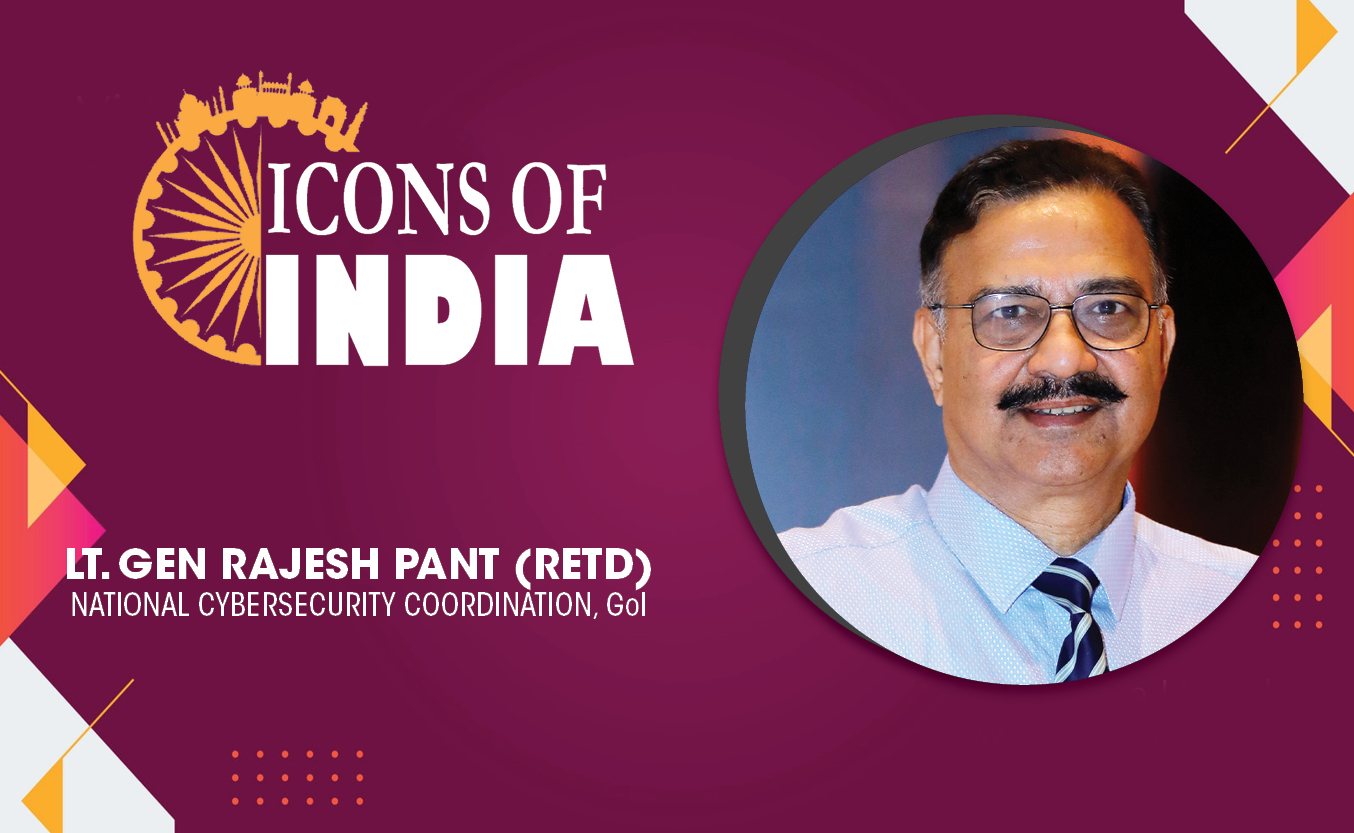
Technology Icons Of India 2023: Lt Gen (Dr.) Rajesh Pant (Retd.)
LT Gen(Dr.) Rajesh Panth (Retd.), National cyber security coordination...
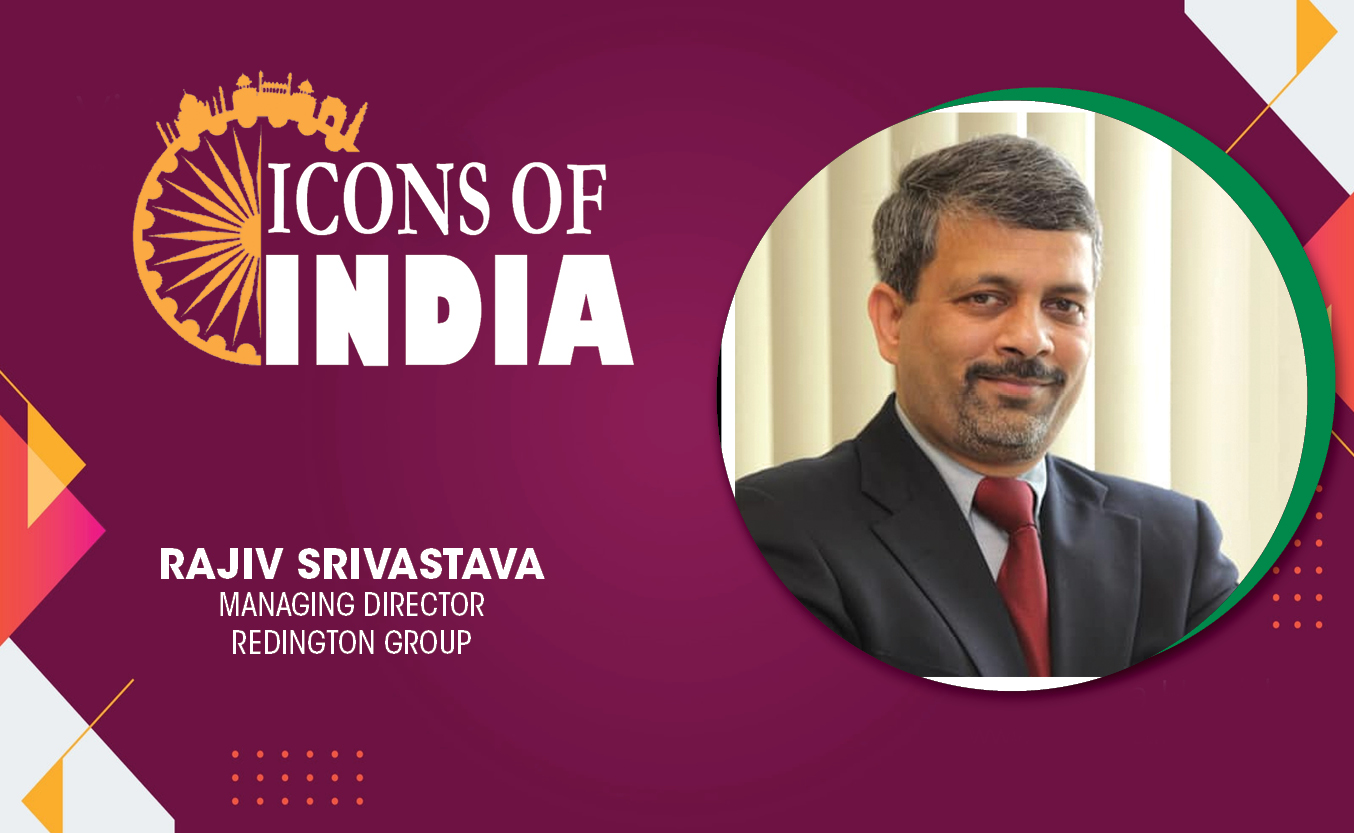
Technology Icons Of India 2023: Rajiv Srivastava
Rajiv Srivastava is the Managing Director of Redington Group. With 35 ...

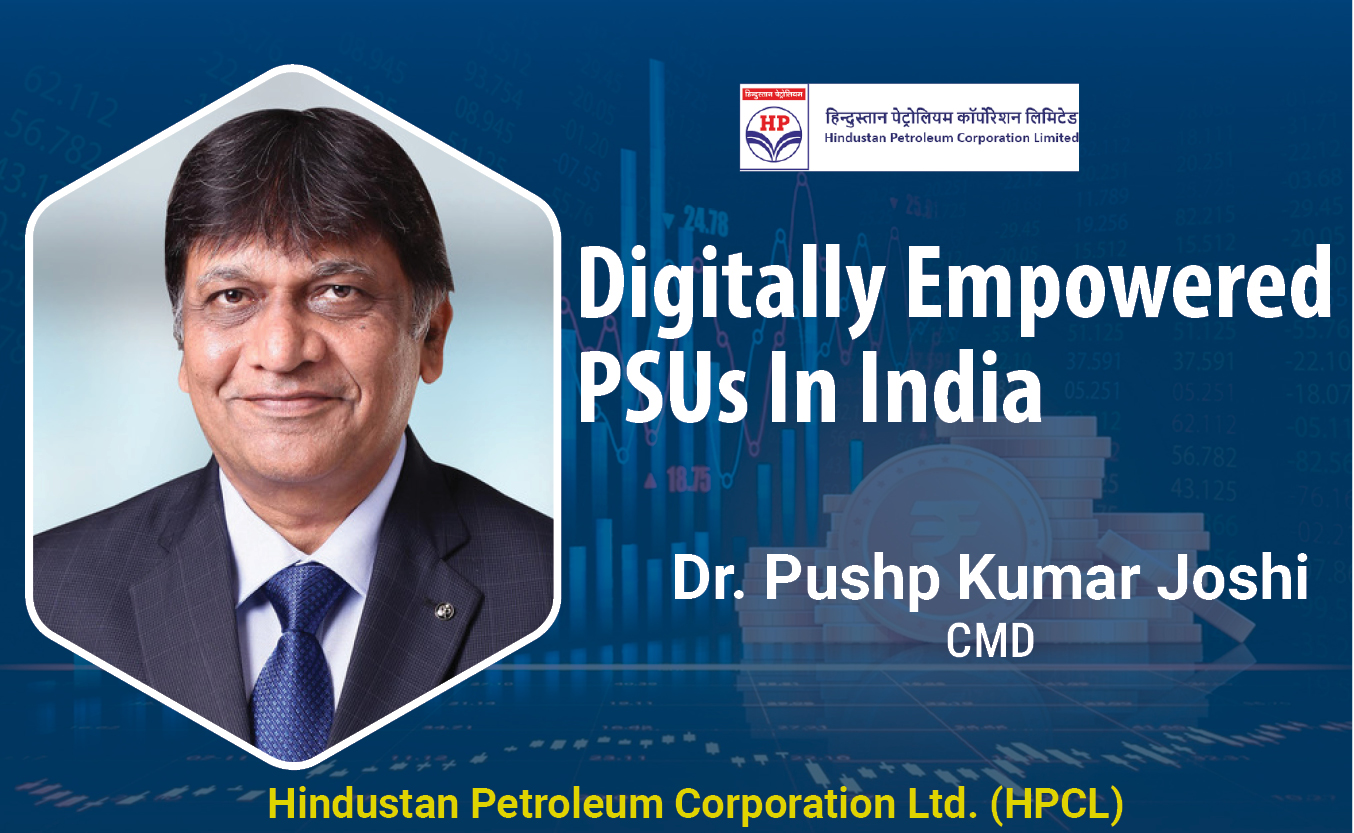
HPCL is transforming the energy landscape, across the nation and beyond
HPCL is world-class energy company known for caring and delighting the...
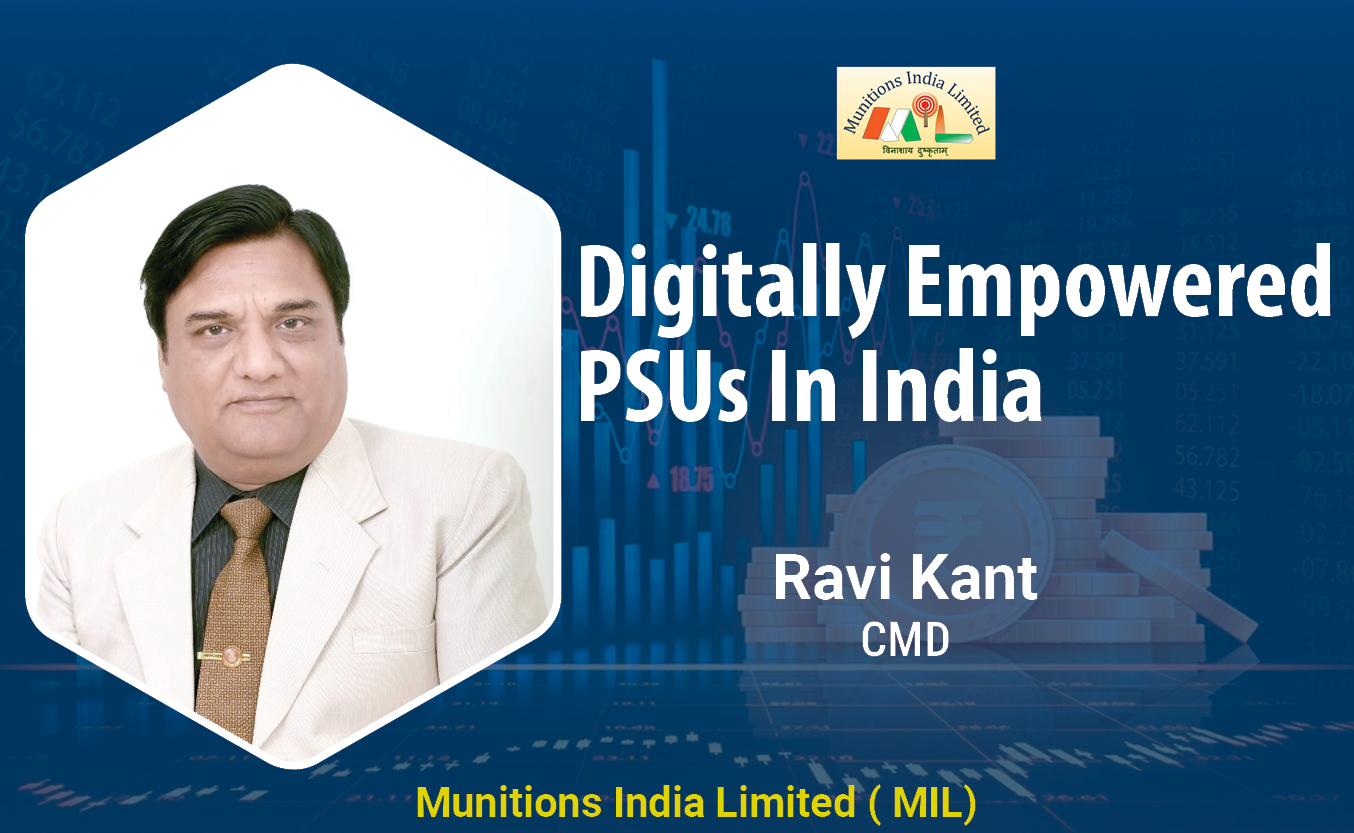
New defence PSUs will help India become self-reliant
MIL, India’s biggest manufacturer and market leader is engaged in Pr...
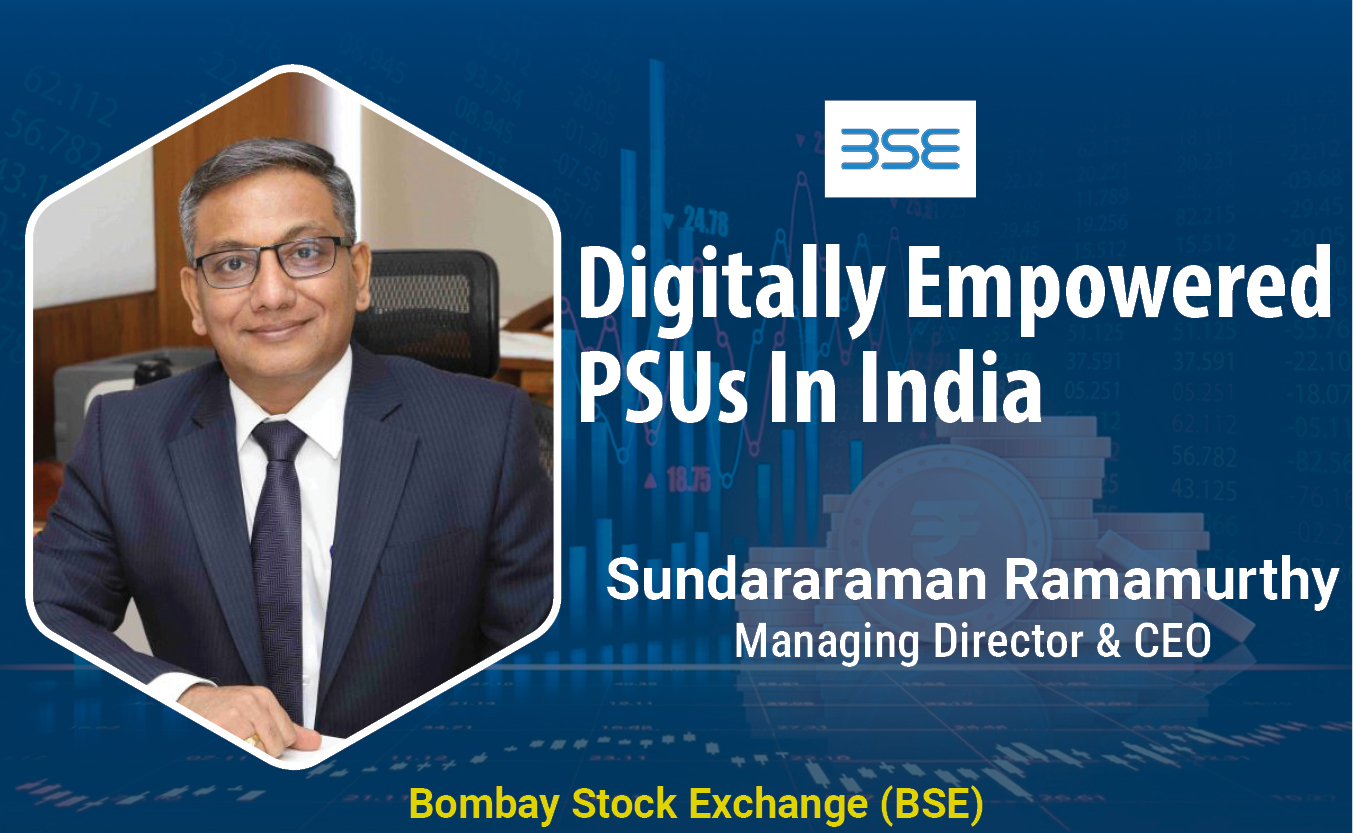
BSE provides highly secure, efficient and transparent market for trading
BSE (formerly known as Bombay Stock Exchange Ltd.) is Asia's first & t...

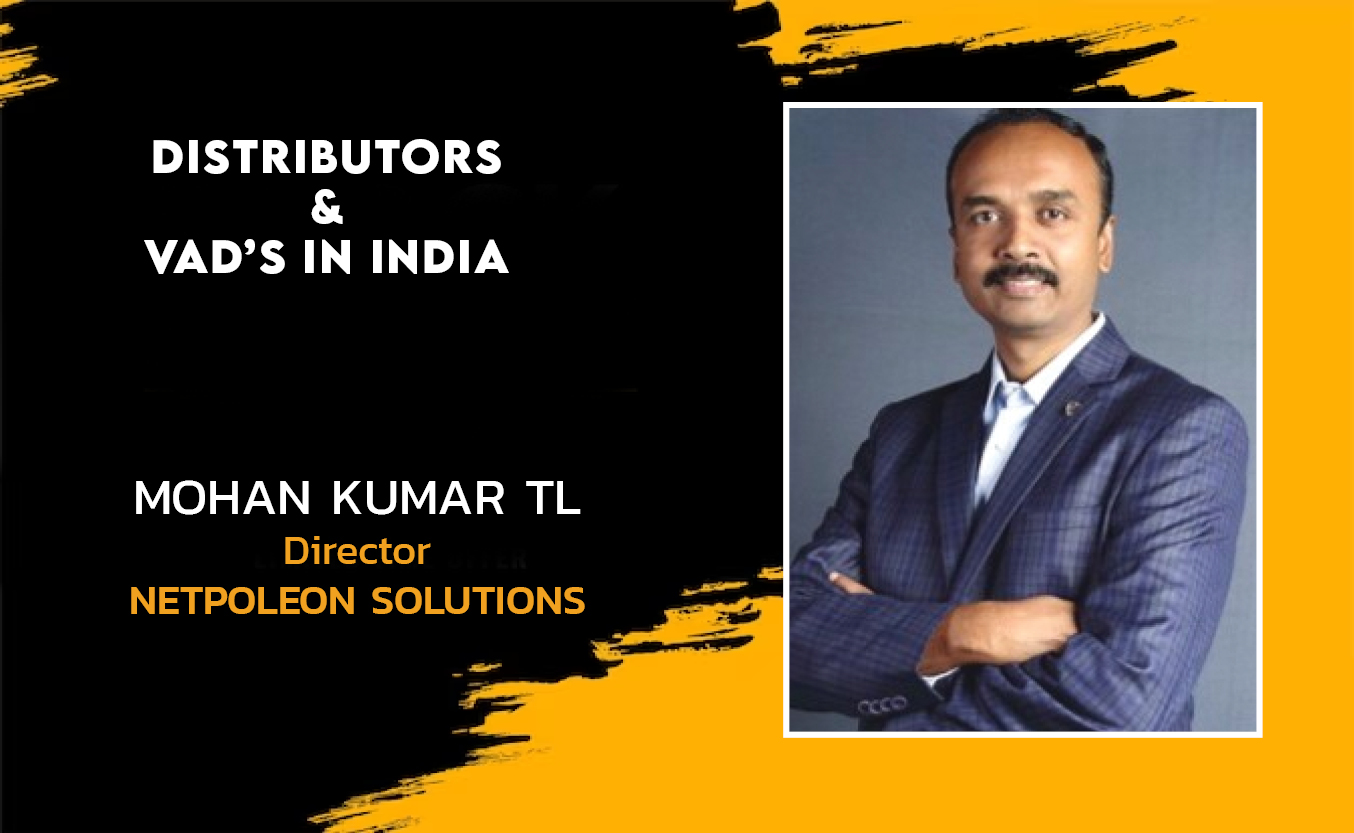
NETPOLEON SOLUTIONS
Netpoleon Group is a Value-Added Distributor (VAD) of Network Security...

Crayon Software Experts India Pvt Ltd
Crayon helps its customers build the commercial and technical foundati...

ACCERON INFOSOL PVT. LTD.
It is a leading value added distributor in the IT security space and h...